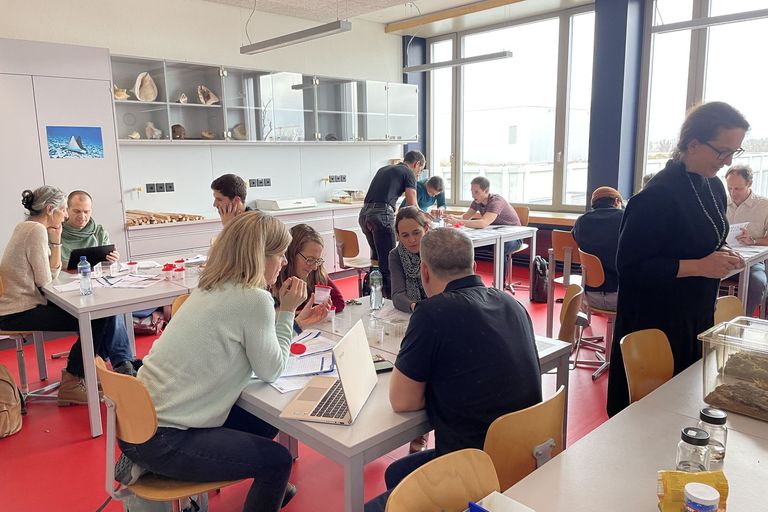Related topics

Life Sciences Symposium 2024
The Life Science Symposium is aimed at secondary school teachers. Its objective is to enrich biology lessons with tried and tested modern experiments, working techniques and up-to-date specialist knowledge.
Image: Thomas Scheuber, Science on Stage SwitzerlandTo bee or not to bee: the biology of bees and the biochemistry of honey
Sweet understanding: learn about the science of honeybees and their sugary product through a series of hands-on activities.
Image: Thomas Scheuber, Science in School, April 2023
